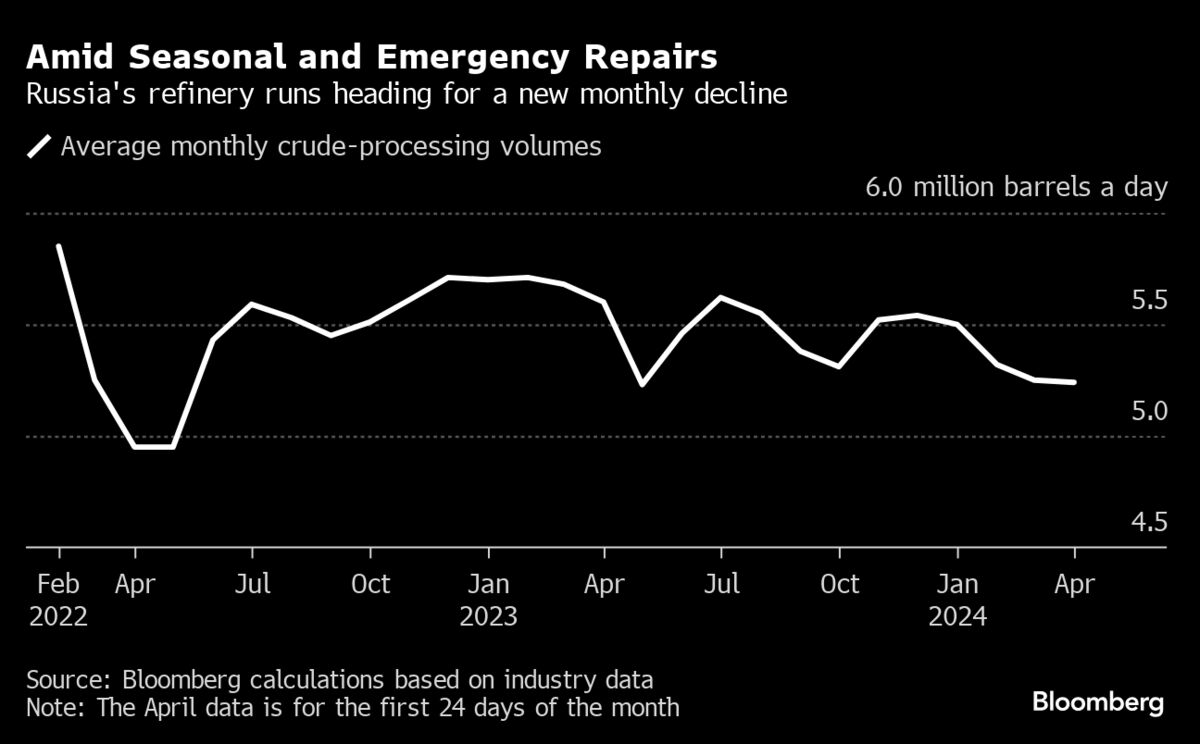Big Eskom load-shedding lie

Eskom and politicians’ claim that the utility’s generation performance has taken a positive turn in 2024 is unfounded as the data points to a deterioration in performance.
Last month, Daily Investor and BusinessTech reported that Eskom’s energy availability factor (EAF) plummeted to 50.84%, well below the same period last year and a new low for February.
The EAF shows the percentage of time the power station was available for use when it was needed. It is a core measure of performance for any power utility.
Energy analyst Chris Yelland said it was unsurprising that the EAF plummeted, considering South Africa experienced stage 6 load-shedding.
“It is unsurprising that after a week of load-shedding up to stage 6, the week-on-week EAF for week 6, 2024, continued its drop to 50.84%,” he said.
He added that it was below the figures for last year, despite three 800 MW coal-fired units at Kusile power station being returned to service in November 2023.
These articles seemed to have ruffled some feathers at Eskom and the government. The power utility issued a statement trying to debunk these articles.
Eskom said it “would like to give some context backed by empirical data to correct some misconceptions on the article published by BusinessTech”.
Eskom explained that its EAF has been historically on a linear decline of an average 3.8% since 2018 until January 2023.
“However, year-on-year from January 2023 to January 2024, the year-to-date EAF shows a positive trend, moving from 50% to 55%, an increase of 5%,” it said.
“This improvement, although marginal, is due to the implementation of the Generation Operational Recovery Plan, which the current Board approved.”
Unplanned Capacity Loss Factor (unplanned outages) has also taken a positive turn. It declined from 34% of the generation capacity in January 2023 to 30% in January 2024.
Eskom said it increased its Planned Capacity Loss Factor (planned maintenance) during the summer period to an average of 8 000MW.
The highest level of planned maintenance was performed between December 2023 and January 2024, reaching an average of 18% of the generation capacity.
“A similar spike in planned maintenance was last implemented around November and December 2020,” it said.
This deliberate spike in planned maintenance aims to improve the generation fleet’s reliability to deliver long-term benefits and ensure security of energy supply.
Eskom said the impact of its improved performance could be seen in the reduction of load-shedding.
Between December 2022 and February 2023 and in the same period in 2024, load-shedding was reduced from 1,801.25 hours to 1,218 hours.
Eskom said the data shows that the notion that Eskom’ is experiencing a further decline in performance is not true.
What Eskom’s data says

Daily Investor used the latest available data from Eskom’s data portal to compare the year-to-date performance in 2023 to 2024.
It should be noted that Eskom’s data portal, which allows journalists and analysts to track the power utility’s performance, stopped working following its press statement.
This means Daily Investor could only perform an analysis for 1 January 2024 and 17 February 2024. We compared it to the same period last year.
The data shows that Eskom’s EAF, dispatchable generation and energy availability declined year-on-year.
While load-shedding did indeed decline, it was not because of improved performance. It was because of lower demand.
At the start of 2023, the average demand was 23,692 MWh. In 2024, it declined to 22,110 MWh. It equates to around 1.5 stages of load-shedding.
The reduced demand is mainly a result of households and businesses generating their own electricity through solar installations.
Eskom’s weekly system status report revealed that private companies and households installed over 2,400 MW of rooftop solar in the past year.
Eskom estimates the amount of rooftop solar installed by measuring the decrease in electricity demand on optimal solar generation days compared to sub-optimal days.
It shows that rooftop solar has a direct impact on demand, which in turn allows Eskom to reduce its average load-shedding.
Eskom performance
2023
2024
Change
EAF
52.2%
51.5%
-1.35%
Dispatchable generation (MWh)
20901
20773
-0.61%
Energy available (MWh)
24358
24029
-1.35%
Load-shedding
2023
2024
Change
Demand (MWh)
23692
22110
-6.67%
Loadshedding stage
3.85
2.18
-43.38%
What's Your Reaction?






















































